
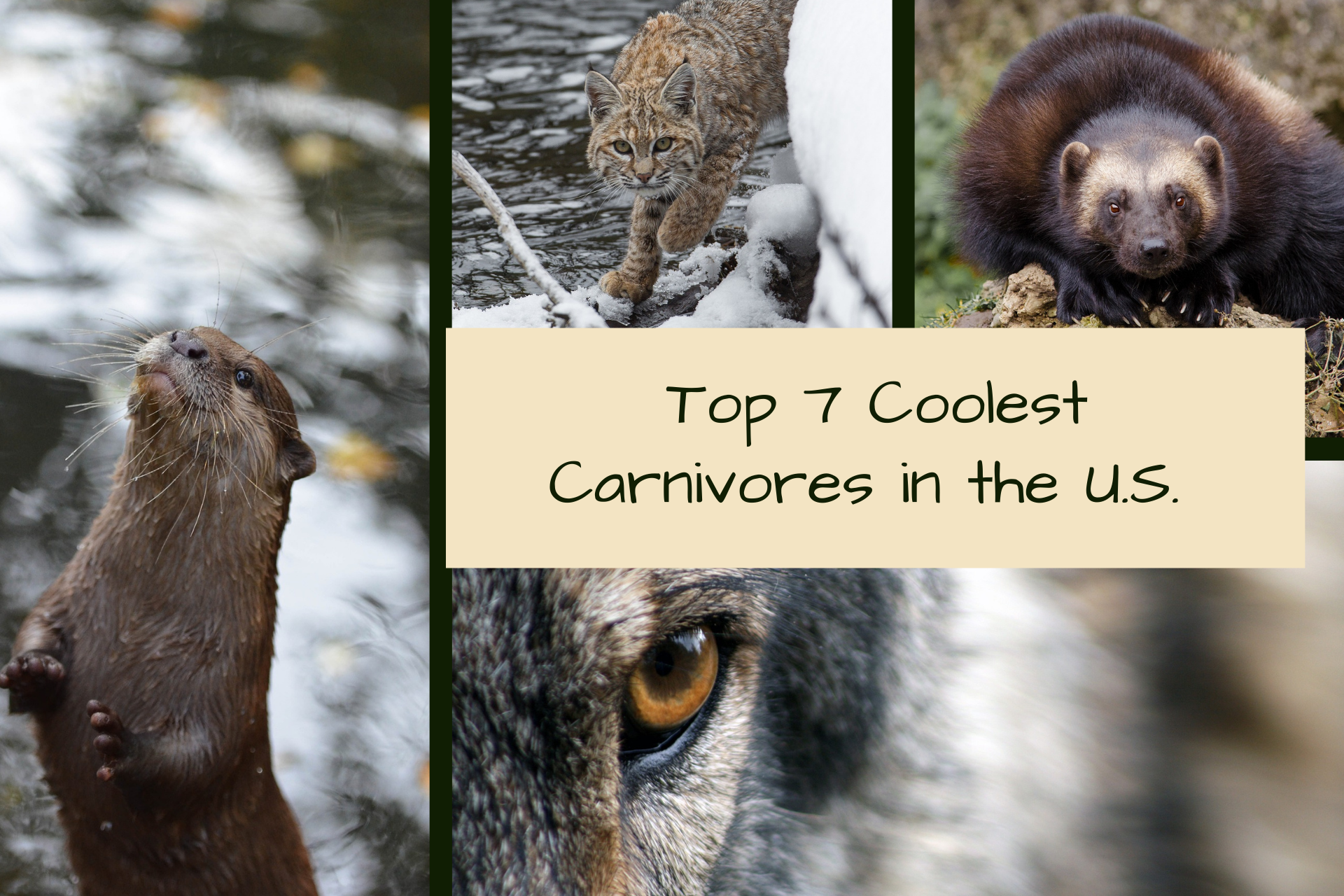
We all know animals are cool in general, but carnivores take the cake when it comes to adaptations like speed, stealth and, well…teeth. If you’re a little fuzzy on what a carnivore is, it’s quite simple. Carnivores are meat eaters. Many carnivores found in the United States are mammals, but there are also birds, fish, insects, reptiles and amphibians that eat flesh. This article will address the geography, biology and life cycles of seven of the coolest carnivores found in the United States.
Please note, this post contains affiliate links. If you click through and make a purchase, I receive a small commission. This doesn’t cost you anything, but it makes me happy…so happy that I might even go out and hug a tree! Thanks for your support! Read my Disclaimer for additional information.
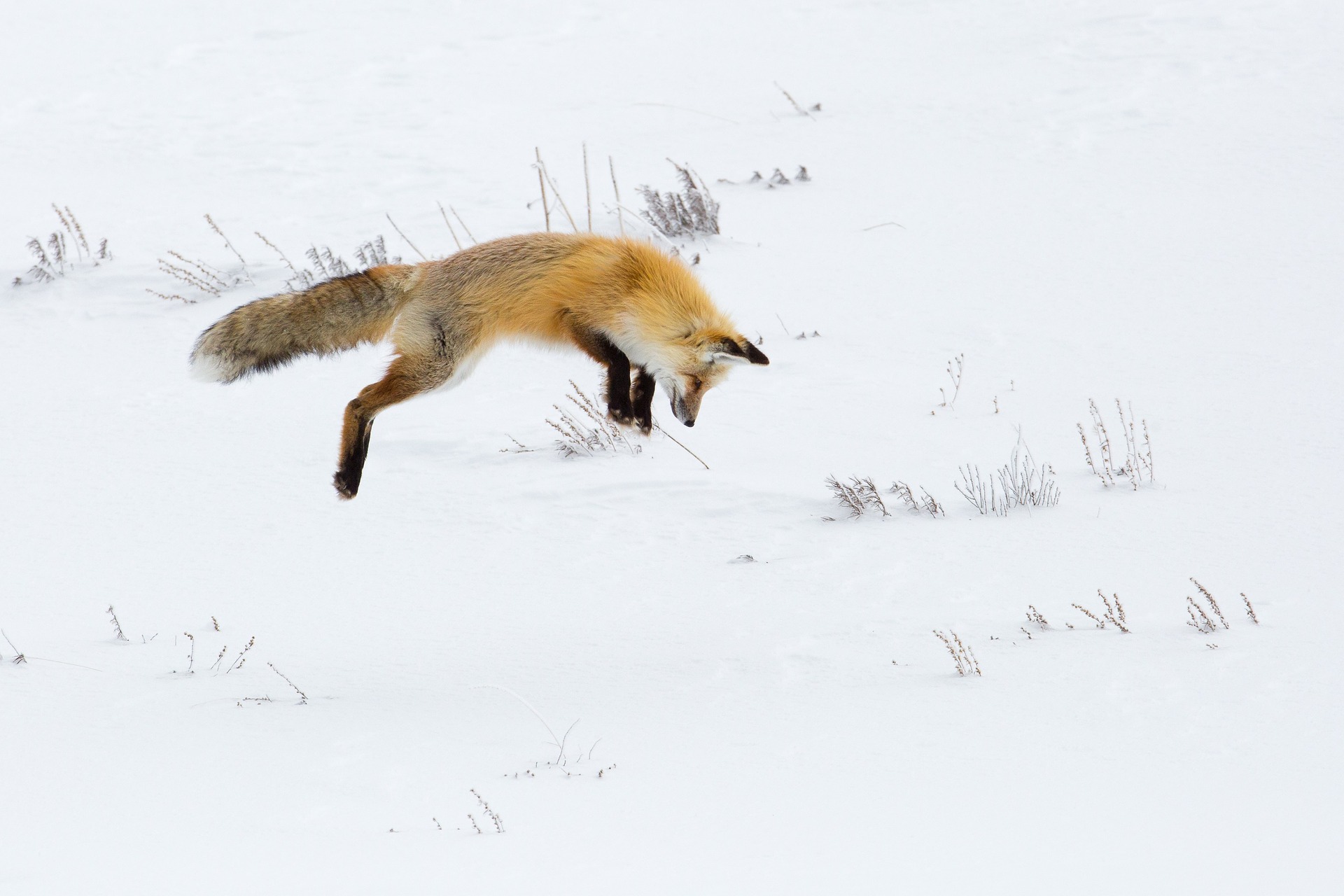
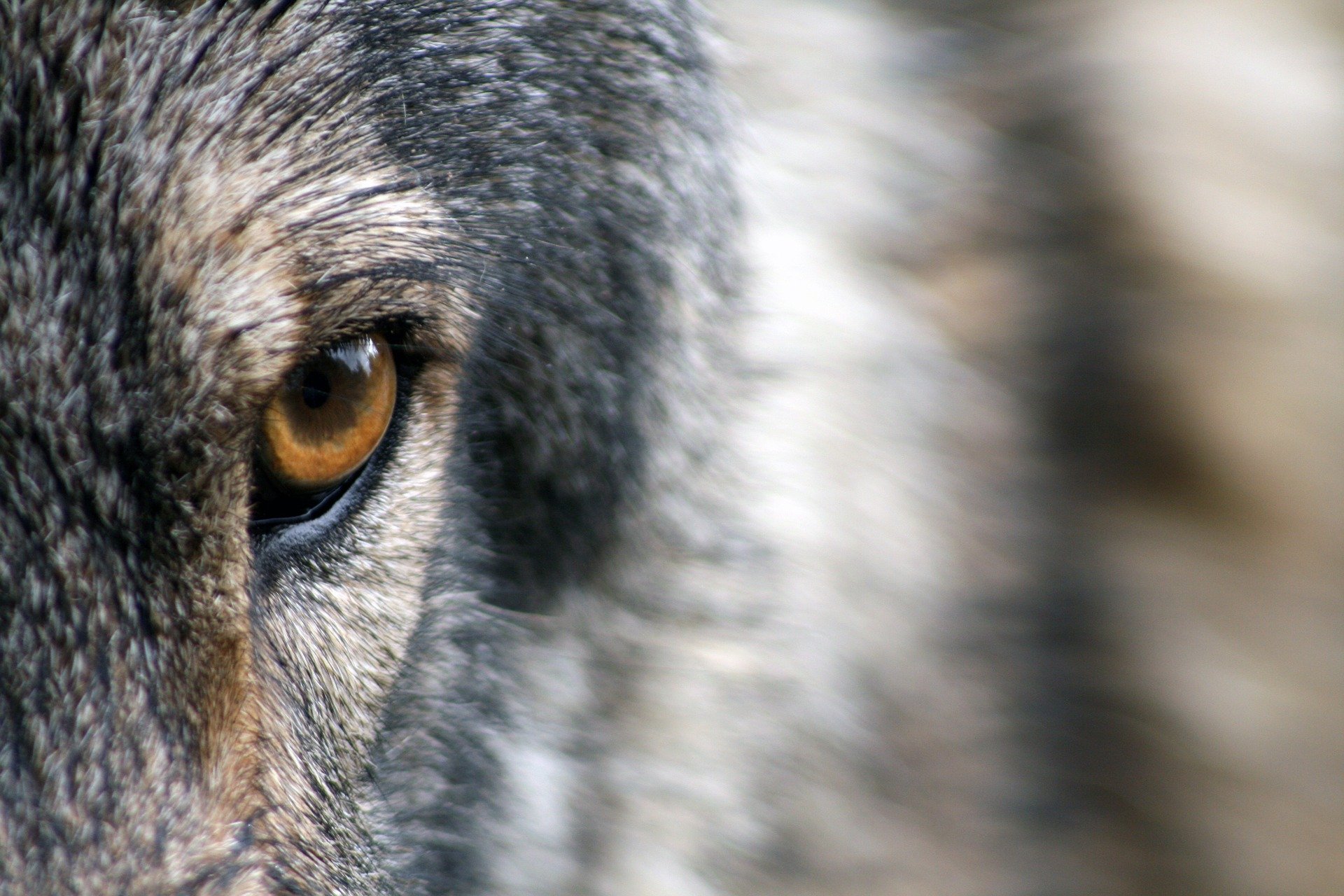
What Does a Carnivore Diet Consist Of?
Many carnivores eat a diet consisting mostly of meat, primarily because they cannot properly digest plant material. These animals are referred to as obligate carnivores. They lack certain amino acids and vitamins, and rather than getting them from plants, they obtain these nutrients from meat. Cougars and bobcats are examples of North American obligate carnivores. Some fish, birds, and amphibians are also obligates.
Carnivores have special teeth that allow them to more easily slice meat from their prey. An animal that eats roughly 50% meat is a mesocarnivore. Animals like raccoons and coyotes fall within this category. These carnivores will also eat plants, fruit and fungi to supplement their diets.
Animals that eat meat and plant material are typically referred to as omnivores. What separates them from mesocarnivores is the amount of meat they consume, which usually amounts to less than 30% of their diet. Species such as grizzly bears are considered omnivores and eat meat, fish, nuts, berries, and roots.
Carnivores capture their prey through various means, including chasing, stalking, ambushing, and using teamwork. Carnivores that are warm-blooded (endothermic) must hunt and feed more often than those that are cold-blooded (ectothermic). Ectotherms like the American alligator can go days or even weeks between meals.
The following seven North American critters, in no particular order, represent some of the coolest carnivores on the planet.
Bobcat - Lynx rufus
Unlike other larger predators, bobcats are widespread and stable in the U.S. The idea that they can inhabit just about any land-based habitat probably has a lot to do with their survival despite heavy trapping in the past. These are truly unique and beautiful animals, and spotting one for the first time in the wild is quite a thrill.
Seeing this elusive native cat is also a bit of a surprise for most people. Bobcats tend to blend well with their forest surroundings, so they’re not easy to find. You could literally walk right by one without even knowing it was there. And if you do see a bobcat, you’re likely to be taken aback by their size. No, they’re not as big as their cousin, the cougar, but they are considerably larger than a house cat.
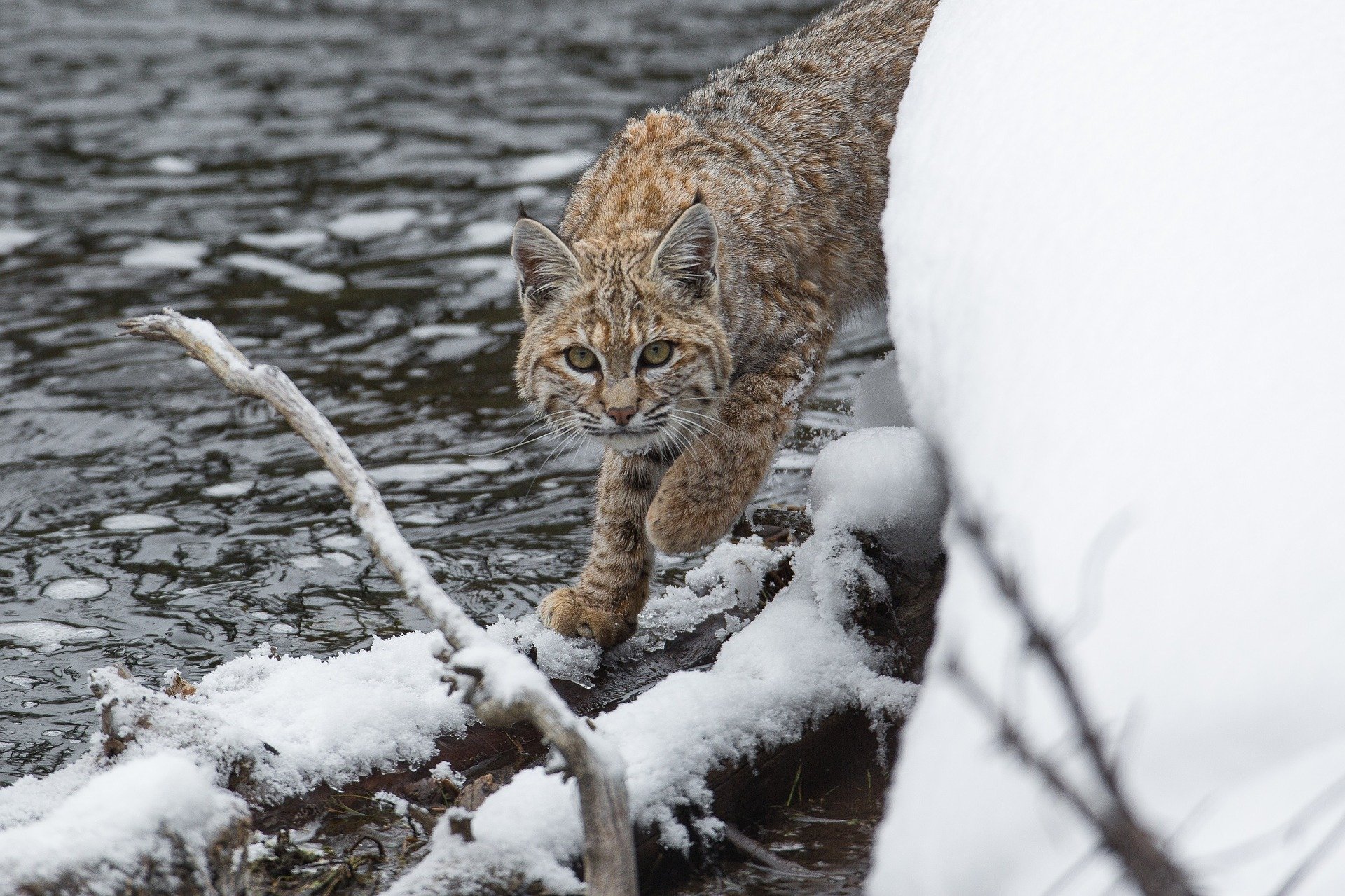
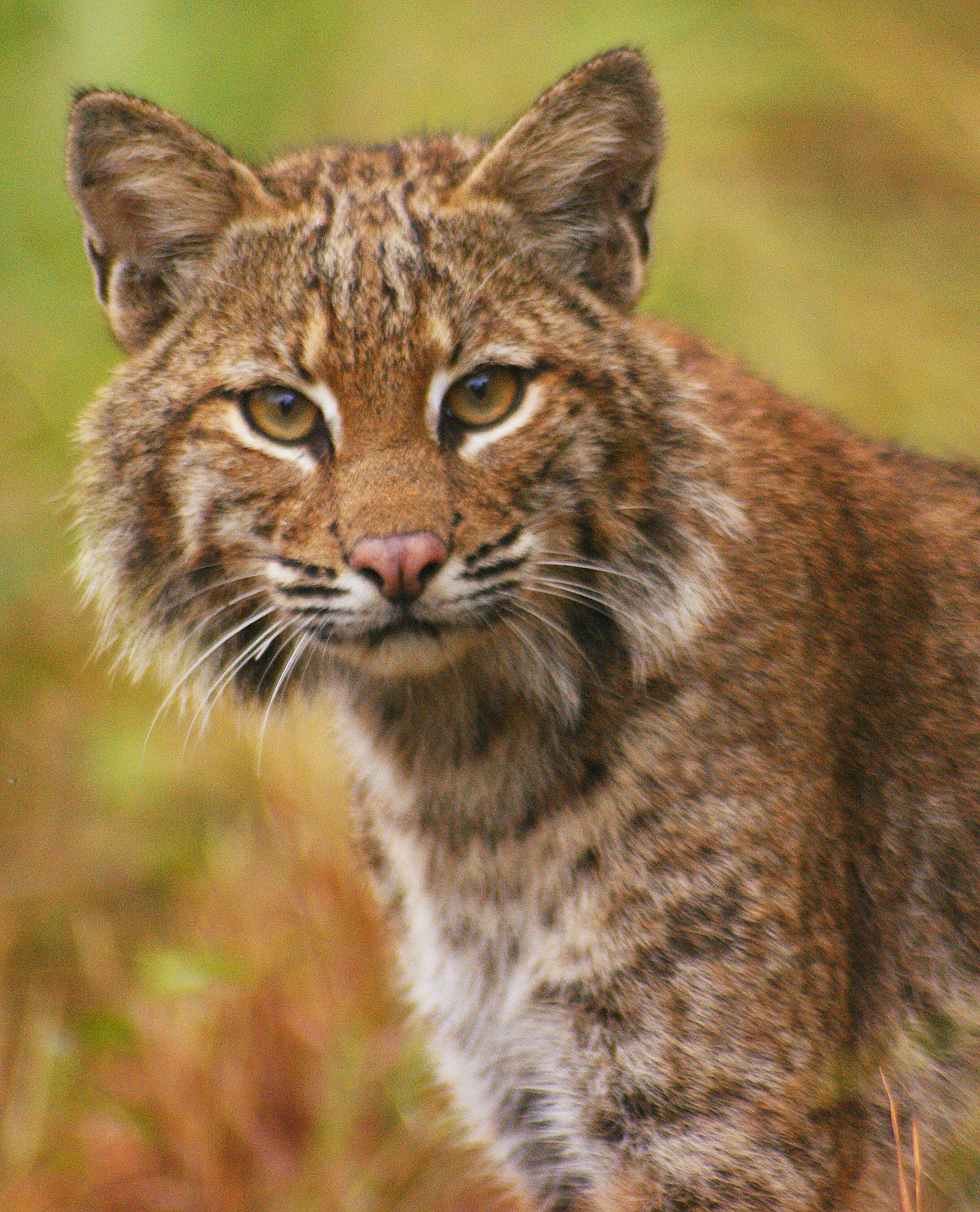
Just the Facts
Order: Carnivora
Family: Felidae
Genus and Species: Lynx rufus
Habitat and Range: Prefer heavy forest with underbrush for cover, but can inhabit nearly any terrestrial habitat. Found throughout the U.S., as well as southern Canada and Mexico.
Food: Rabbits, mice, rats, squirrels, deer (usually as carrion), opossums, domestic cats, wild turkeys, quail and other small mammals
Bobcats are Unique Predators
Although bobcats can take small deer and have been known to kill the occasional house cat, they’re more prone to chasing down smaller animals like squirrels, opossums, rabbits and mice. Can you imagine trying to catch a squirrel? That’s a tough job, and these cats do it with ease.
Not only are they top predators in many habitats, they’re also gorgeous. Males and females look basically the same, with yellowish to reddish-brown coloring, black spots and streaks, long hind legs, and a short (bobbed) tail. Bobcats can weigh up to 50 pounds, making them pretty hefty hunters. They are also both nocturnal and diurnal animals, which is uncommon. They don’t interact with each other unless it’s mating season, and they tend to travel anywhere from 3-7 miles each night as they hunt.
Bobcat hides are strong and fairly resistant to age and wear, but the fur doesn’t last as long as other species. Although hunted in the past, they weren’t a favorite target in the 20th century. Unfortunately, recent bans on imported furs have put greater pressure on the bobcat and many other native furbearers.
As predators and scavengers, bobcats play a crucial role in the food web. In many states, they are top predators. They may even be considered keystone species. These special animals are relied upon by other species in an ecosystem to maintain diversity, appropriate competition levels, and even disease management. They are often called “ecosystem engineers” because of the impact they have on their surroundings. If they were to be extirpated from a habitat (think about what happened when the gray wolf was removed from Yellowstone), the ecosystem could change drastically with their loss.
Gray Wolf - Canis lupus
Gray wolves are considered federally endangered throughout the United States. They once roamed most of North America, feeding on the large bison and elk herds on the plains. Today, they’ve been extirpated (removed) from most states with the exception of Alaska, the Great Lakes area, the northern Rockies, and the Pacific Northwest.
Because of their resemblance to coyotes, gray wolves are often mistaken for their smaller canid cousins. However, coyotes rarely exceed 30 pounds, and male wolves can weigh as much as 120 pounds. That’s one big mistaken identity!
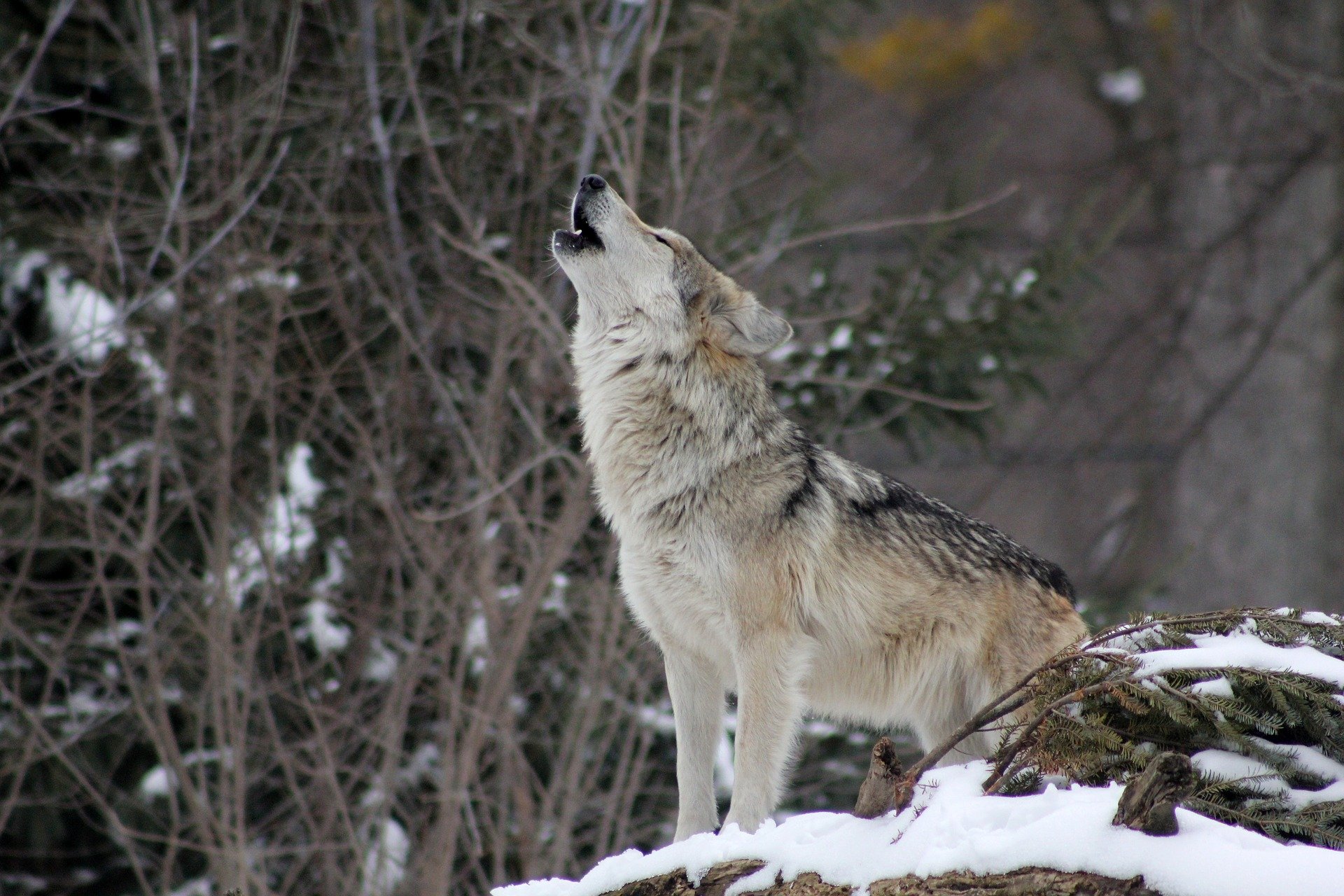

Just the Facts
Order: Carnivora
Family: Canidae
Genus and Species: Canis lupus
Habitat and Range: Found in Canada, Alaska, the Great Lakes, northern Rockies, Yellowstone National Park, and Pacific Northwest. Require large areas of contiguous habitat including forests and mountainous terrain.
Food: Hunt in groups, taking live prey such as bison, elk, moose, caribou, and deer. Will also hunt smaller animals such as rabbits and mice. have been known to eat frogs, lizards, large insects, and carrion when prey is scarce.
Gray Wolves Get a Bad Rap
From Little Red Riding Hood to the Three Little Pigs, wolves have long been considered troublesome animals. In most cases, the bad rap they’re given is not deserved. Then again, wolves aren’t the only large predators that have been picked on by man over the centuries. Grizzlies, cougars, sharks, and alligators have all experienced similar population ups and downs due to man’s influence.
In the United States, ranchers seem to despise gray wolves more than any other predator, fearing late night attacks on livestock. As a result, nationwide efforts to exterminate the species along with the decline of their primary food source, bison, resulted in a massive population crash by 1900. Today, the species is slowly recovering and spreading across the northern states.
The life cycle of the gray wolf has fascinated biologists for decades. The term “alpha wolf” was first coined by Rudolph Shenkel, a biologist who studied wolf behavior in a German zoo in 1944. Shenkel observed wolves competing for control of the pack and labeled the victor as the alpha. However, what he didn’t take into account was that caged wolves that are thrust together by chance are a different breed from those that grow up together as a natural family unit. Just as our mothers and fathers are considered the alphas in our families, the same is true of a wolf pack. As a result, the term “alpha wolf” is incorrect and is no longer used by scientists today.
While it’s true the alpha male and alpha female terminology isn’t necessarily accurate when referring to wild wolves, they do travel and live together in packs of seven or eight animals on average. Most packs include a mother and father, new pups, and older siblings. The mother and father are the pack leaders and do most of the hunting, choose the den sites, and determine the pack’s territory.
Wolves communicate within the pack and with neighboring packs through a series of complex barks, whines, growls, and howls. By the mid 1930’s, those calls were no longer heard in Yellowstone National Park due to eradication. Because wolves are considered apex predators (predators at the top of the food chain that have no natural predators themselves), their loss was felt deeply.
The absence of Yellowstone’s top predator led to an overabundance of large ungulates, such as deer and elk. These animals fed more on the surrounding plant life, which in turn affected other species like beaver and various songbirds, resulting in additional population declines. It wasn’t until around 1990 that scientists realized we needed to bring the gray wolf back to Yellowstone and began a stringent campaign to reintroduce the species to its native habitat once again.
American Alligator - Alligator mississippiensis
The American Alligator is often confused with the crocodile. Granted, these two species do look similar, but they live in vastly different habitats. Whereas alligators require freshwater, crocodiles prefer salt water. Alligators can only tolerate salt water for short periods of time because they don’t have salt glands like their cousins.
The easiest way to tell the difference between an alligator and a crocodile is to take a close look at their teeth (not too close, though). On the alligator, the large, fourth tooth in the lower jaw fits snugly into a socket in the upper jaw. This means that when an alligator closes its mouth, you can’t see its teeth. The opposite is true of the crocodile. That fourth tooth (and others) are clearly visible even when the animal snaps its jaws tightly shut.
Alligators live for around 50 years in the wild and longer in captivity. Baby alligators are only around eight inches long when born and stick close to mom for their first two to three years. Juveniles will eventually “leave the nest” and strike out on their own. Once they reach a length of four feet, they no longer have to worry about being eaten by birds, raccoons, bobcats, otters, snakes, bass or larger alligators. In fact, they have very little to worry about as they age with the exception of the occasional human or a spat with another alligator.
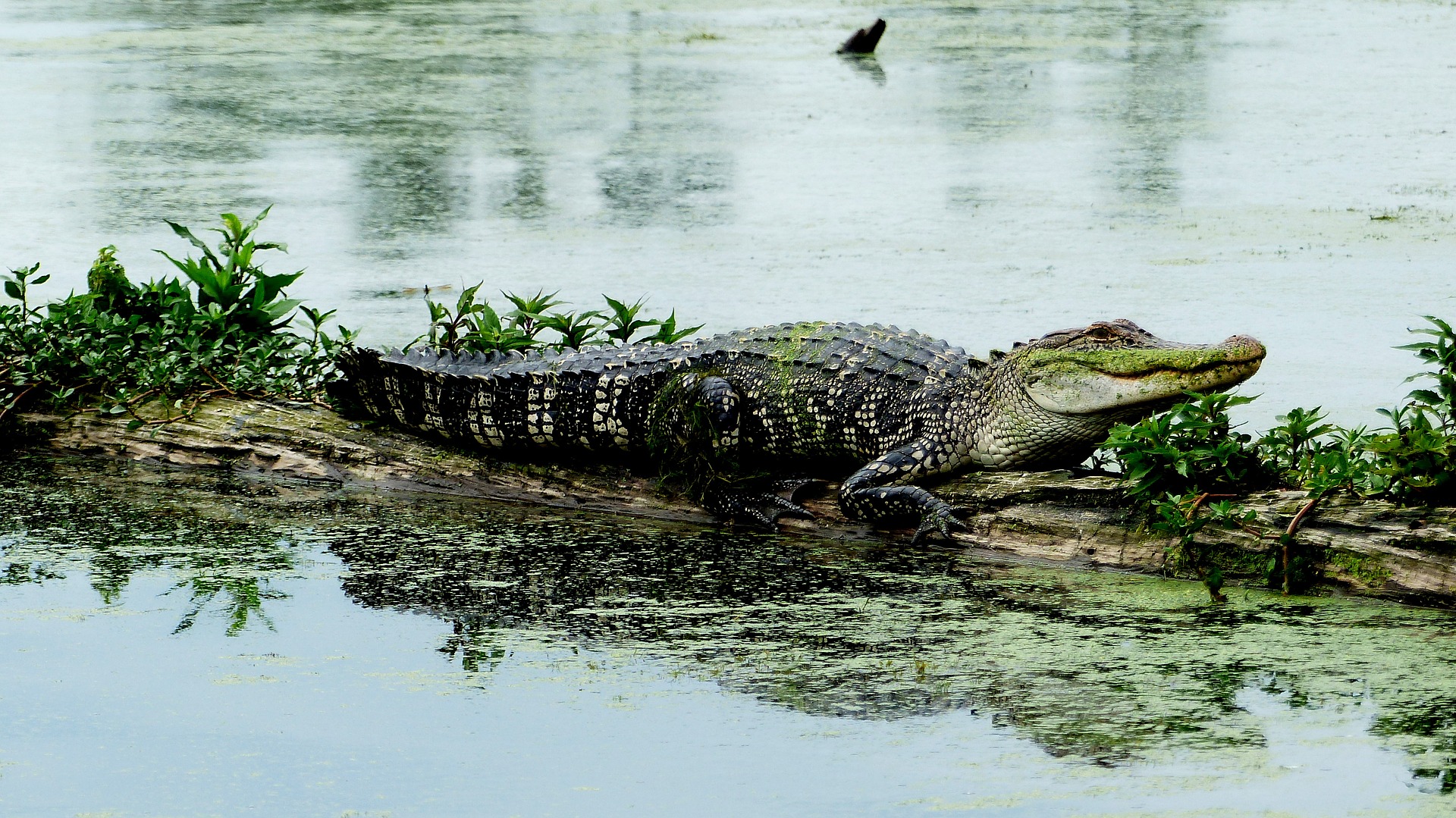
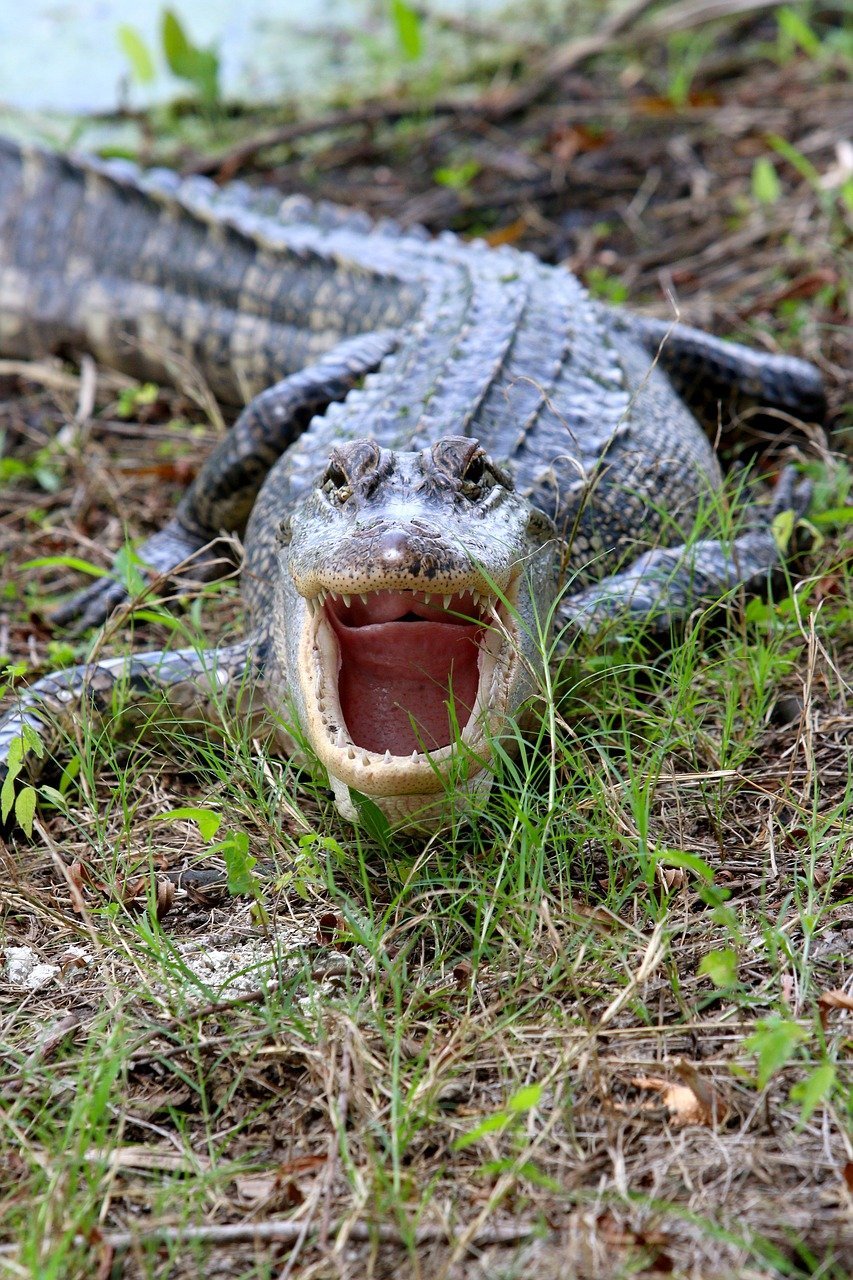
Just the Facts
Order: Crocodylia
Family: Alligatoridae
Genus and Species: Alligator mississippiensis
Habitat and Range: Freshwater species found in slow-moving rivers, swamps, marshes and lakes from North Carolina to the Rio Grande in Texas.
Food: Feed on fish, snails and other invertebrates, birds, frogs, and mammals that come too close to the water’s edge
Alligators are Tough as Scales
Both male and female alligators are “armored” in the sense that they’re covered with thick rows of bony plates called scutes. This makes them extremely tough creatures in and out of the water. When an alligator finds prey, it either swallows it whole (for smaller animals) or clamps down with its powerful jaws and shakes back and forth to tear off more manageable pieces of flesh.
Male alligators are larger than females, with the average male measuring in at 11 feet in length and 500-600 pounds in weight. An exceptionally large male might weight as much as 1000 pounds (or half a ton). Alligators have short legs, but they can still move fairly swiftly on land. They also have long, rounded snouts with upward-facing nostrils to allow them to breathe even with their body fully immersed in water.
Male alligators occupy home ranges of roughly two square miles. Female alligators, however, tend to remain in one particular area, especially if they’re protecting young. The only exception to that rule is during the breeding season, when males and females extend their range to find mates. Once the female lays her 35-50 eggs, she covers the nest with vegetation and guards it dutifully. The sex of the young is determined by the temperature of the nest during incubation. A nest kept at or below 31 degrees Celsius (87 degrees Fahrenheit) will produce females, while a nest kept at roughly 32 degrees Celsius (89 degrees Fahrenheit) will produce mostly males. Temperatures higher than 32 degrees Celsius result in female offspring as well.
One of the most interesting things about alligator biology is their tendency to go dormant when temperatures drop. They do not actually hibernate in the truest sense of the word, but they will dig a “gator hole” near their water source to rest in if the weather turns bad. Often times these burrows will fill with mud, providing further insulation from the cold. Gator holes are also used when the weather is extremely hot. The cool mud prevents the animals from overheating.
Wolverine - Gulo gulo
If I'm going to list the gray wolf as one of the coolest carnivores in the U.S., it only seems appropriate to include the wolverine as well, right? Well, even though their names might suggest it, these animals are not closely related. Wolverines are members of the mustelid family, while wolves are canids. Although they are carnivores like wolves, wolverines are cousins to otters, weasels and mink. As a result, they were nicknamed “skunk bears” by the Blackfeet Indians.
These powerfully built animals usually weigh less than 35 pounds, but pack quite a punch when it comes to hunting and taking prey. Their short legs and wide feet allow for easy travel across snow. They have broad heads with small eyes and short ears. They are typically a dark brown color but can have lighted-colored faces and stripes running down both sides of their bodies.


Just the Facts
Order: Carnivora
Family: Mustelidae
Genus and Species: Gulo gulo
Habitat and Range: Prefer rugged, remote country, spending time in higher elevations near or above timberline. Currently found in portions of North Cascades Mountains in Washington and northern Rocky Mountains in Montana, Idaho and Wyoming.
Food: In winter, they scavenge dead animals, while in summer they feed on porcupines, hares, marmots, and ground squirrels. Have been known to take down caribou and moose in deep snow.
Wolverine Populations are Declining
Unfortunately, as cool as these animals are, their population has stalled at around 300 individuals in the lower 48 states. Historically, they could be found in the northern and southern Rockies, Sierra Nevadas, and North Cascades, as well as in parts of the Midwest and Northeast. Although there have been lone individuals spotted in Michigan, Colorado and California, they primarily stick to Washington, Montana, Idaho and Wyoming. They can be found in greater numbers in Alaska and Canada, where they occur in alpine, boreal and arctic habitats.
Wolverines don’t hibernate like many furbearers in the United States. They are well-adapted for year-round activity with their dense fur and snowshoe-like paws that allow them to stay on top of deep snow in the winter. Wolverines have been known to travel as far as 500 miles in less than two months. They may move up to 18 miles in just one night.
Wolverines follow their noses, even if it means traveling over a mountain rather than around it to find something tasty to eat. They are effective scavengers and have teeth designed to cut through bone. Their strong jaws allow them to pulverize meat and bones, regardless of whether it’s fresh or frozen.
Both male and female wolverines are territorial, but they do socialize with each other periodically. Territories often overlap, allowing social and familial bonds to remain intact even after young have struck out on their own. A female wolverine will typically have one to five kits each year in the late spring or early summer.
Spotted Bat - Euderma maculatum
Spotted bats are best known for their large, pink ears and black body with white spots. Their bellies are white, and their wings are pink. They are considered one of the most rare bats in the United States; we don’t know much about their status in the wild. They seem to be fairly sensitive to environmental change, which is brought on by people.
Pesticides are one of the biggest threats to spotted bats. They feed almost exclusively on insects. Unfortunately, people tend to dislike insects, and use pesticides to eliminate them whenever they get the chance. Pesticides can build up and cause health problems in spotted bats that feed on affected insects.
Spotted bats are among several species that migrate from colder areas to warmer ones during the winter months. They may also go into a state of torpor when it gets too cold for them. This allows them to save energy by lowering their body temperature and slowing their heart rate.
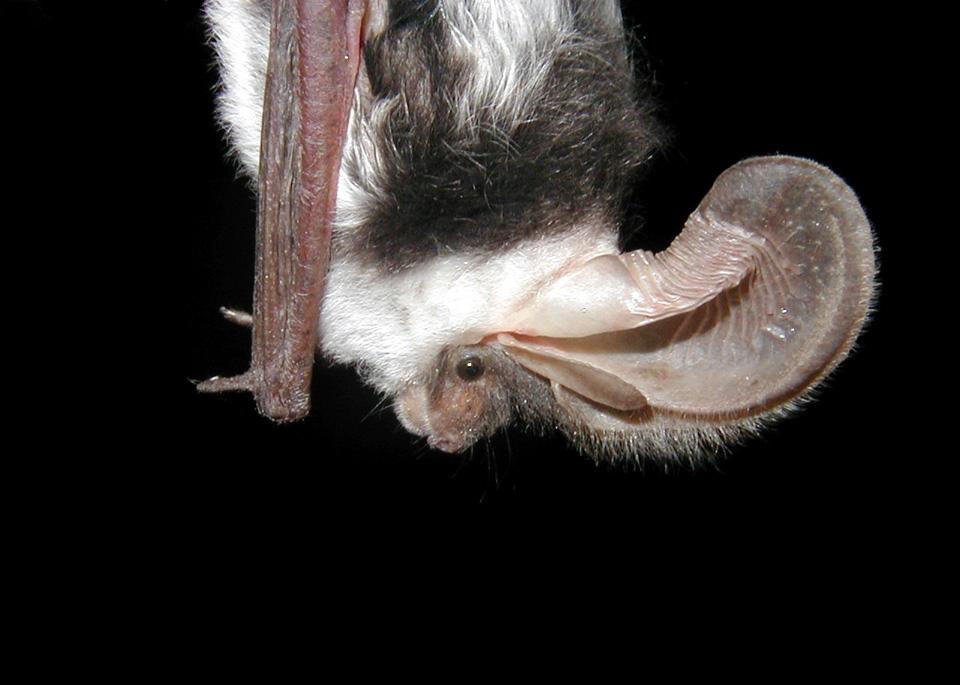
Image Credit: Paul Cryan, USGS. Public domain.
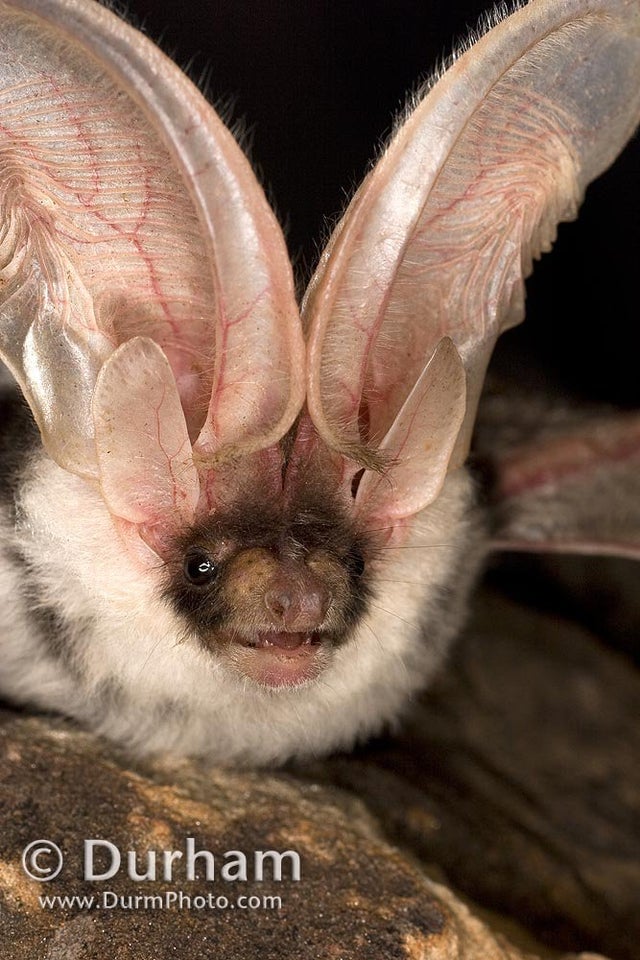
Just the Facts
Order: Chiroptera
Family: Vespertilionidae
Genus and Species: Euderma maculatum
Habitat and Range: Found in arid regions, desert scrub, and open forest in rugged landscapes; prefers to have a water source nearby. Can be seen as far north as British Columbia, Canada, and then south throughout the western United States and into Mexico.
Food: Eats a variety of insects, but moths are their favorite.
Spotted Bats are Different
Spotted bats are unique amongst the Chiroptera (bat family) for several reasons. When they feed on their favorite food, moths, they prefer to remove the wings and only eat the bellies (abdomens). By comparison, most other bat species ingest the entire insect.
When spotted bats are sleeping, they wrap their long, pink ears around their heads. When they wake up, their ears slowly unwrap and blood returns to them. Spotted bats may also use their ears to eliminate excess heat from their bodies when they’re foraging in the deserts of the southwestern United States or farther south in Mexico.
Spotted bats are unlike other bats in that they prefer to live alone. Most bat species will congregate together in caves, tree cavities, or even attics. Spotted bats typically only meet up with others of their kind during reproductive periods. These interesting creatures are also territorial, a habit that few other bat species exhibit.
All bats have the ability to echolocate to find food and avoid running into trees, rocks or other obstacles when flying at night. Echolocation allows an animal to hear and communicate through vibration. Bats, dolphins, and whales use echolocation. The spotted bat sends out vibrations low enough in frequency that people can hear them. Most bats echolocate at much higher frequencies.
If you’ve ever wondered how bats can hang upside down for so long, you’re not alone. Animals like the spotted bat are very small and don’t weigh enough for gravity to impact the flow of blood to their brains and bodies. Not only that, but bats can launch themselves from their roosts much easier than birds. They simply let go and they’re airborne.
Barn Owl - Tyto alba
Although the barn owl is currently listed as a species of conservation concern in many states, it is still one of the most widely distributed of all land birds. This is primarily because the barn owl is not too picky when it comes to choosing nest sites or prey. They will live just about anywhere (with the exception of Antarctica), including habitats that have been modified by people. That particular habit is how the barn owl got its name. It is often seen perched high up in the rafters of old barns where it waits patiently for night to come.
Despite the barn owl’s large geographic range, populations have declined in recent years. Of the 28 known subspecies, few have been studied extensively. Luckily, these birds are known for their mouse-hunting skills, which makes them a friend to farmers. Many landowners construct nesting boxes and put them up outside so owls will stick around (and won’t be inclined to nest inside a building).
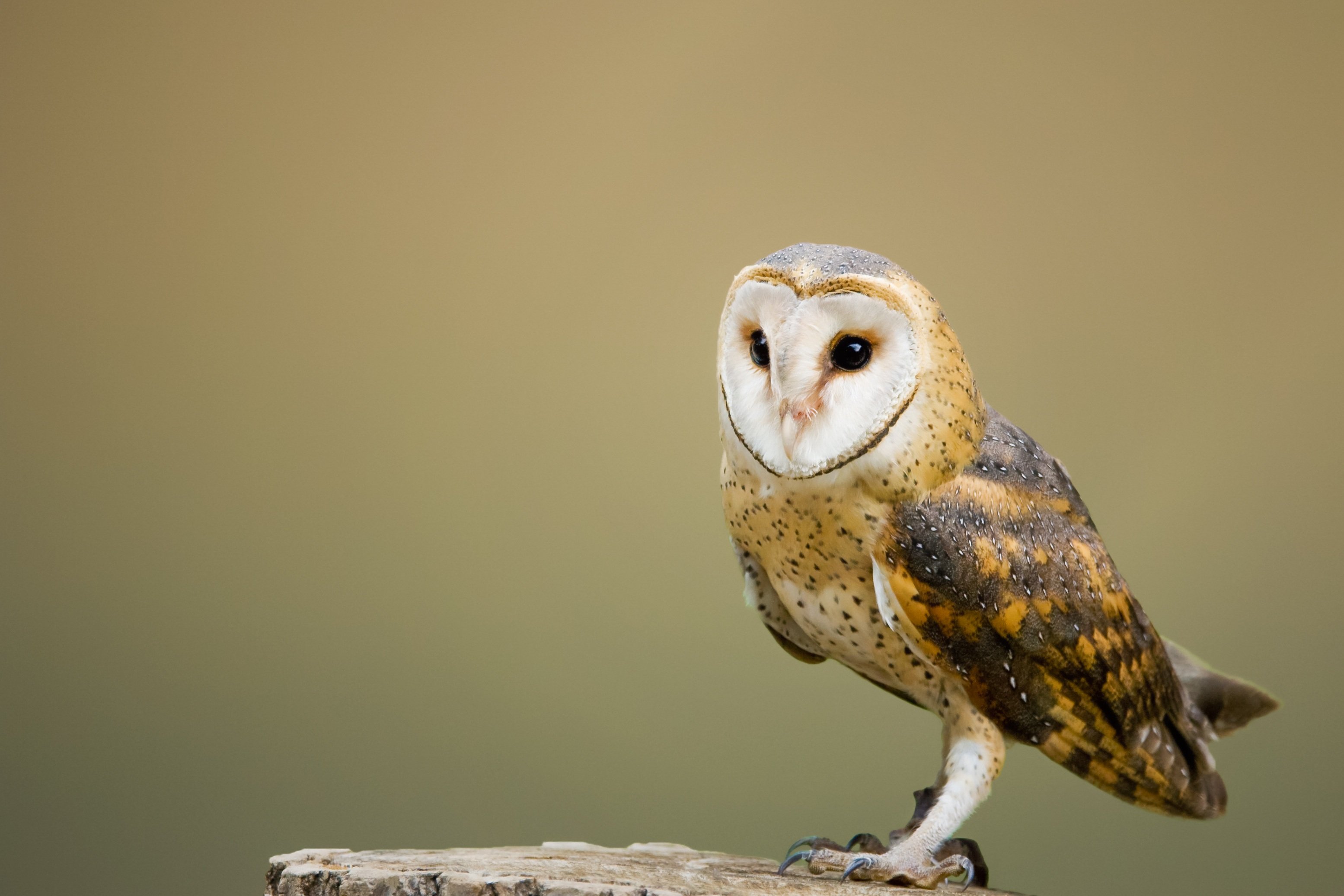
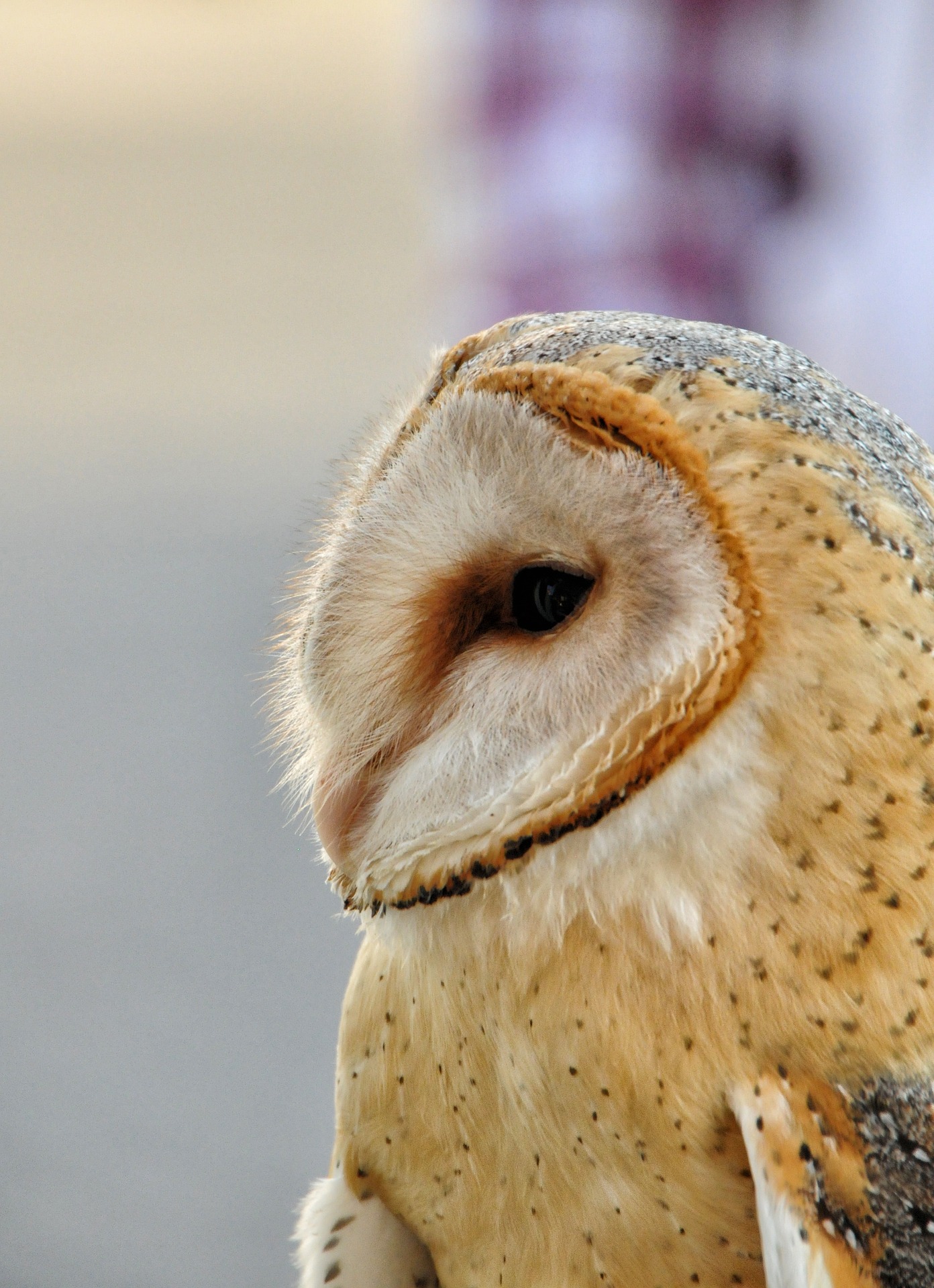
Just the Facts
Order: Strigiformes
Family: Tytonidae
Genus and Species: Tyto alba
Habitat and Range: 28 subspecies found in open woodlands, pastures and croplands on just about every continent except Antarctica
Food: Primarily rodents, but may also hunt birds, insects, bats, amphibians, reptiles and invertebrates
Barn Owls Hunt by Sound
Barn owls are primarily white with areas of cinnamon and gray, and various collections of black spots on their bodies. They are easily recognized by their heart-shaped facial disks and large black eyes. Barn owls produce a high pitched screech that can sound a bit foreboding to the unsuspecting person. They may also hiss, bark and make various clicking sounds when communicating with other owls. Barn owls are often associated with ghosts and other legends of the night.
Barn owls use their exceptional hunting skills to keep populations of rodents in check. They hunt by sight, but also by sound. As with many other species of owls, barn owls can hunt effectively in complete darkness. A hungry barn owl will fly low over a field, moving slowly back and forth until they hear a small mammal below. They’ll then wait until just the right moment to pounce, dropping swiftly onto their prey.
Barn owls eat their prey whole but their digestive system is not fond of fur or bone. As a result, owls will regurgitate these left over parts in the form of a pellet. Scientists often dissect owl pellets to find out what the birds are eating.
Barn owls have a natural ability to hunt silently. They have specially adapted feathers that encourage the air to flow more quietly through the bird’s wings as it flies. Unfortunately, those special feathers are not waterproof, which means owls tend to avoid hunting in heavy rain.
Although barn owls reproduce just about anytime during the year, they only live one to two years on average. Female barn owls will lay 5-10 eggs at a time and incubate them for about a month. The young barn owls are ready to head out on their own after only 7-8 weeks.
North American River Otter - Lontra canadensis
River otters are very adaptable animals and tolerate hot or cold climates. They can be found along streams in high elevations or near the coast in the lowlands. They prefer unpolluted water and aren’t very fond of having human neighbors. Most river otters establish territories of several square miles, but their home ranges (which may be as large as 30 square miles) tend to shrink during the reproductive season.
River otters have bodies designed for swimming. They are long and sleek with short legs and webbed feet. A river otter’s tail is the most muscular part of its body, allowing the animal to move as fast as 8 miles per hour and dive 36 feet or more. They use their hind feet to help propel them through the water and their front feet to paddle and steer.
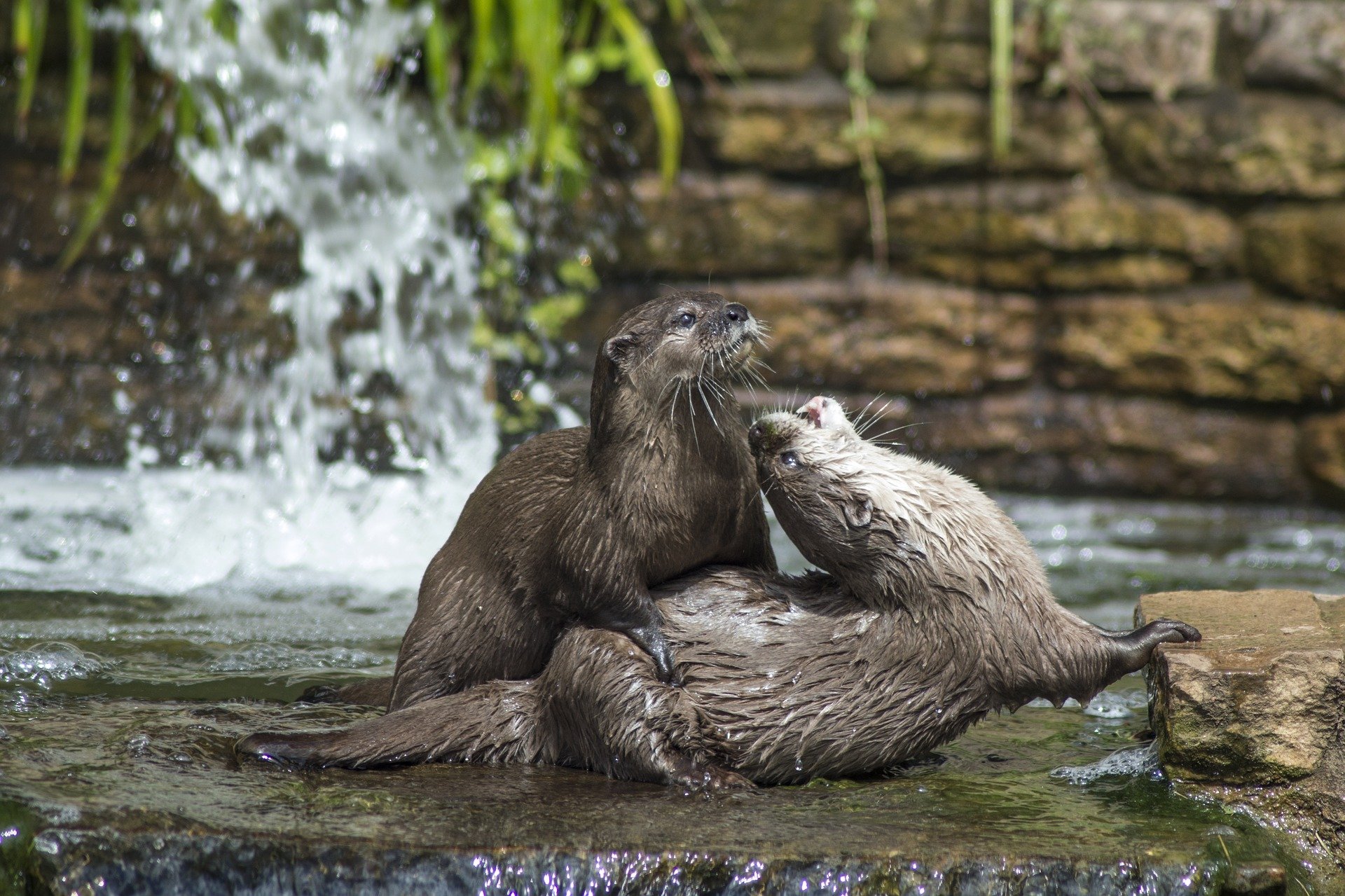

Just the Facts
Order: Carnivora
Family: Mustelidae
Genus and Species: Lontra canadensis
Habitat and Range: Found throughout North America, except in deserts or the Arctic. Live in riparian zones in both freshwater and saltwater.
Food: Mostly aquatic organisms, including fish, frogs, crayfish, turtles, insects and small mammals
River Otters are Playful Creatures
River otters can often be seen socializing with other otters. They are well known for their playful antics, diving and spinning in the water or sliding down mud banks into a stream. They will even slide through the snow or burrow down to play their version of hide and seek.
River otters “talk” a lot, voicing everything from whistles to twitters, chuckles, chirps and growls. They can even “scream” when they’re scared. They leave scent marks on plants in their home range, using a pair of scent glands at the base of their tail to produce the strong, musky odor that tells other animals to stay away.
River otters are also known for their endless energy, which is due to a high metabolism. In order to maintain that metabolism, they have to eat more than most other mammals. But river otters don’t hunt like other mammals. They use their sensitive facial whiskers to help them locate and capture prey. They may even use their front feet and thumbs to grab prey and then toss it into their mouths. Although they mostly hunt in the water, they may also travel across land to find food.
Otters spend a lot of time grooming themselves, which many people may find boring as compared to their other high-spirited habits. However, a river otter’s fur is a very important part of its survival. Otters have brown or gray fur with light silver bellies. Their dense, short underfur helps repel water and keeps them warm. They have to groom themselves frequently to keep oil and other substances off their fur in order to maintain its ability to protect them from the elements.
Aren't They the Coolest?
These carnivores as some of the most unique and interesting creatures in North America. Without them, nature would be very different. I hope you’ve learned from this article. What is your favorite carnivore?
Related Articles
If you enjoyed this article, you may wish to read these as well!

Food Chains for Kids
As a naturalist, I was always surprised when I came across a child who didn’t know where the food on their dinner table came from. I shouldn’t have been, really, because we tend to shelter young children from certain unsavory topics (such as the butchering process). As a result, developing simple food chains for kids and helping them understand how everything is interconnected in nature was a frequent subject of my school programs...
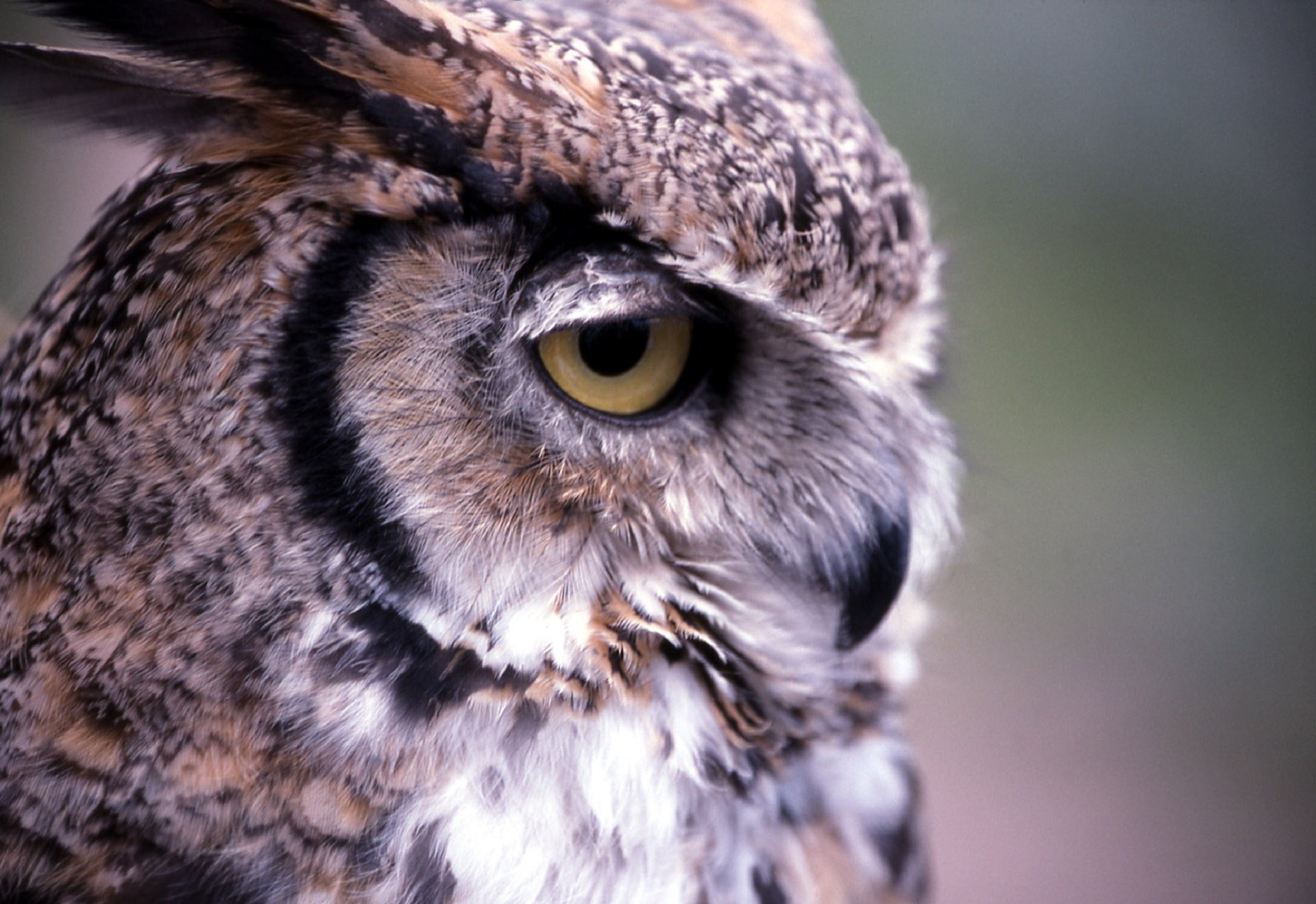
How to Hoot Like an Owl
As I write this introduction, I’m wondering how many people out there have actually searched “how to hoot like an owl” (aside from turkey hunters). It seems like an odd topic, but from past experience, I can tell you it’s a lot of fun (almost as much fun as making owl crafts with your kids)! There’s nothing more entertaining than watching an entire audience (from grandparents to grandkids) at an evening nature program hooting their hearts out...
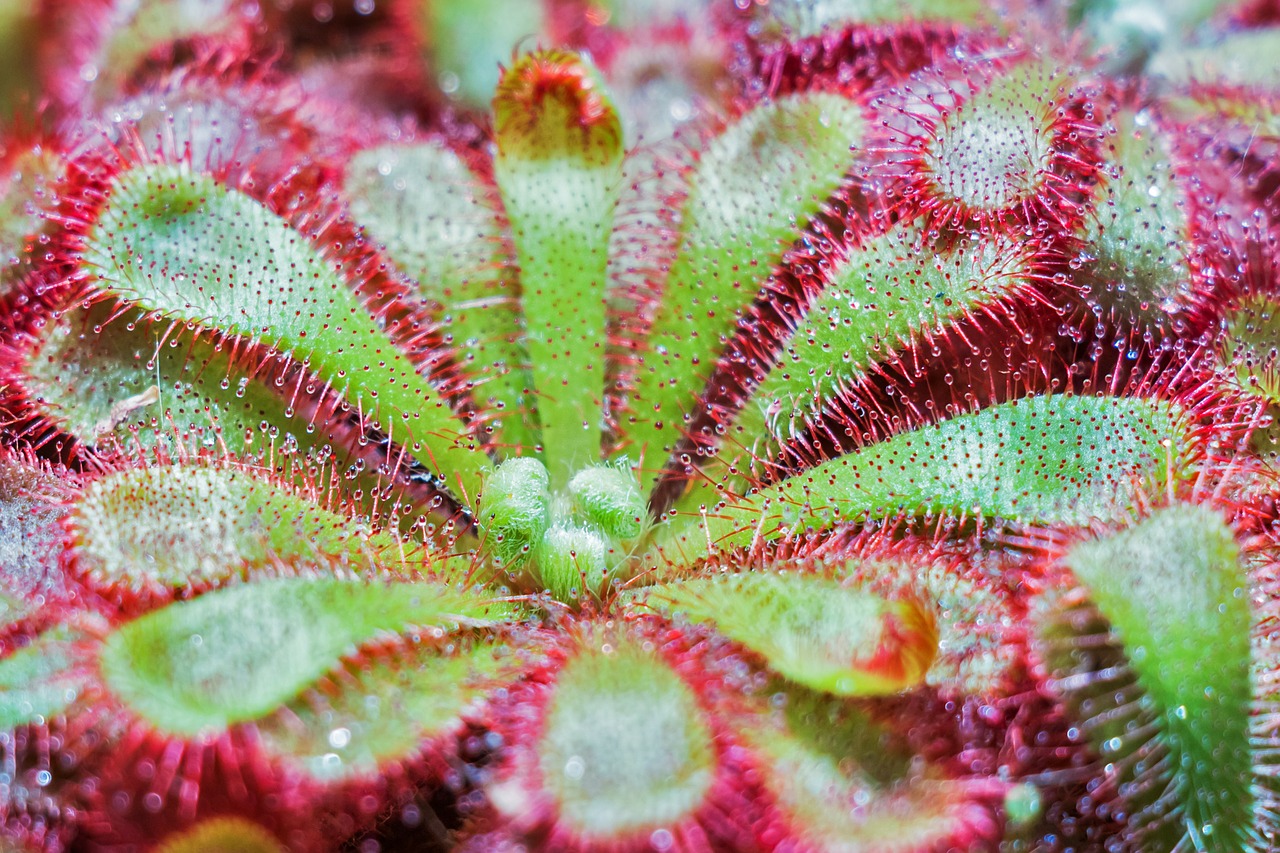
Cool Carnivorous Plants
We’ve all seen the famous (or is it infamous?) Venus flytrap do its thing, right? This is one of the coolest carnivorous plants on the planet, and thanks in part to “Little Shop of Horrors,” it’s a pretty well-known one too. In this iconic musical, the plant (known as Audrey II) comes from outer space. However, in the 1960 movie, the star of the show is a cross between a Venus flytrap and a butterwort, both real carnivorous species...


